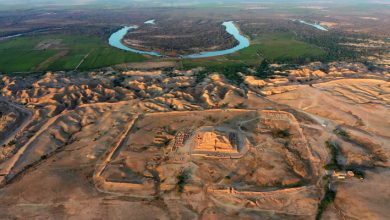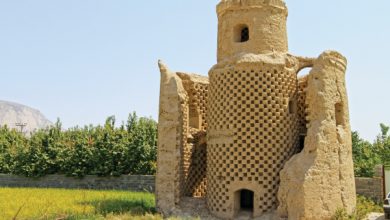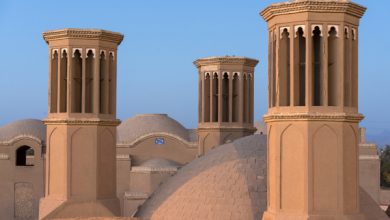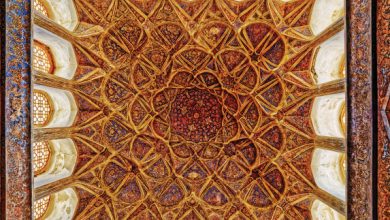
Author: Majid Eskandari/ Photo by: Majid Eskandari
The tourism industry is one of the most important indicators of a country’s development, and the ecotourism branch is currently one of the most attractive branches of that industry. The natural attractions of each country vary according to its climate and latitude, and so too is a country’s biodiversity characterised by a variety of attributes. ‘Plant watching’ (botanical) tours are one of the easiest and, at the same time, the most interesting kinds of nature tourism, which is neglected in many developing countries, including Iran.
Of 8000 plant species that grow in Iran, over 1800 (about one fifth), are endemic and exclusively located in the country, in other words, they are rarely found anywhere else in the world. These fascinating plants, especially when found mingling with the local culture and traditions of Iran, attract a different kind of tourist.
Ethnobotany, which is loosely defined as the study of cultural plant knowledge, is a science dedicated to documenting local healthcare customs and herbal treatment as well as the historical connection between humans and plants. ‘Plant watching’ tours could attract interested and enthusiastic tourists and fans of unique plants with local eco-science, which is rooted in Iran’s rich ancient civilisation.
This article, which will indicate the potential beauty and other characteristics of local plants, is intended to encourage ‘plant watching’ tours in the amazing environment of Iran. Botanical tours that point to the importance of indigenous and local communities are a useful way of shedding light on natural habitats, which in turn could lead to sustainable conservation.
Iran has impressive herbaceous diversity. Some of the plants found in the Hyrcanian (Caspian) vegetation area are considered relics from the ice-age era and are thus often referred to as ‘living fossils’. Famous plants such as Parrotia persica (Persian ironwood), Quercus castaneifolia (chesnut-leaved oak), Gleditsia caspica (Caspian locust or Persian honeylocust), Taxus baccata (yew, sorkh-daar), Zelkova carpinifolia (Caucasian elm, siah-daar), Lilium ledebourii (Ledebour lily, sousan-e chehel cheraagh), Quercus brantii (Persian oak), etc. are repeatedly mentioned in various sources. Each of these plants, due to its unique characteristics, could be a feature of a ‘plant watching’ tour.
In the following, some lesser-known Iranian plants which could be suitable for such botanical tours, will be presented.
1. Dionysia curviflora (Stone bride, Arus-e sang):
The scientific name of this plant is derived from the word Dionysus, which is the name of the god of wine in ancient Greek mythology. It is one of the most beautiful plants in Iran.
The genus Dionysia has less than fifty species throughout the world, over thirty of which grow in Iran. Its stunning beauty, appearing in the rocky Zagros, Alborz and Shirkouh mountains, attracts visitors every spring. The leaves of this plant are often represented in woven form in Iranian carpets, and its astonishing flowers can be yellow, pink or purple. Due to the variety of plant species of this genus that can be found as well as the fact that so many of these are exclusive to Iran, Arus-e sang could easily become a symbol of plant life in this country…
Find more on:



